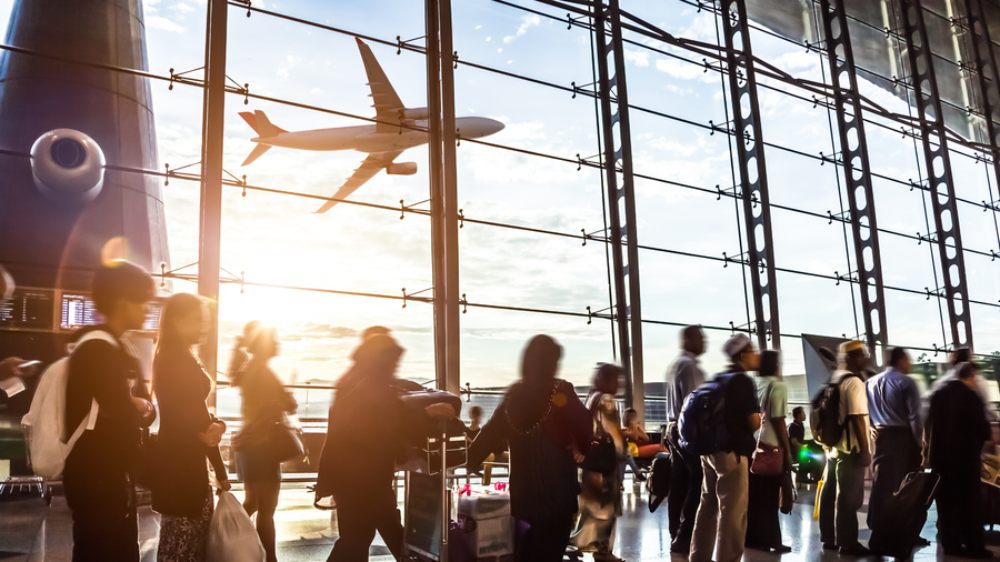TSA partners with DHS S&T for self-service screening system


James Humphreys
Share this content
The Transportation Security Administration (TSA) and the Department of Homeland Security (DHS) Science and Technology Directorate (S&T) has released a prototype checkpoint technology, the self-service screening system, at Harry Reid International Airport (LAS) in Las Vegas.
TSA PreCheck passengers at TSA’s Innovation Checkpoint will be the first travelers to have the option to use the new system starting in mid-March, when the testing begins, the company reports.
TSA grateful for partners
“We are constantly looking at innovative ways to enhance the passenger experience, while also improving security,” said David Pekoske, TSA Administrator.
“This self-service prototype allows our trusted travelers to complete the screening process at their own pace.
“Testing at the Innovation Checkpoint in Las Vegas gives us an opportunity to collect valuable user data and insights and explore opportunities to apply parts of the prototype to other airport security checkpoints.
“I am grateful for our partners in S&T and LAS airport, who were critical in bringing this vision to reality.”
The self-service screening system is a prototype technology that TSA and S&T designed, developed and tested initially in a laboratory setting at the TSA Systems Integration Facility in Arlington, Virginia.
The prototype has a video monitor that provides step-by-step instructions for passengers to complete screening at their own pace.
How does it work?
Once passengers have completed the required screening process and are cleared for travel, automated exit doors open so travelers can gather their belongings and head to their flights.
While there is minimal assistance from Transportation Security Officers (TSO), TSOs will be available for assistance as needed.
TSOs will work to ensure TSA PreCheck passengers using the self-screening lane are following security protocols.
The companies say the aim is to provide a near self-sufficient passenger screening process while enabling passengers to directly receive on-person alarm information and allow for the passenger self-resolution of those alarms to reduce instances where a pat-down or secondary screening procedure would be necessary.
During the assessment in a live checkpoint environment, TSA will collect passenger feedback and data on the system’s performance, design, cybersecurity, human factors and other variables to inform future design requirements and system development and to understand how passengers and TSOs interact with the system.
Enhancing transportation security
“The number of airline passengers continues to increase year-over-year, creating a need for innovative screening solutions that enhance transportation security and make traveling more efficient,” said DHS Under Secretary for Science and Technology Dr. Dimitri Kusnezov.
“At S&T, we are pushing the envelope with new technologies and concepts toward designing the airport of the future.
“Self-paced screening is one step toward building that future.”


